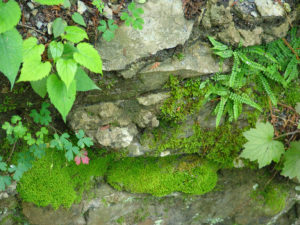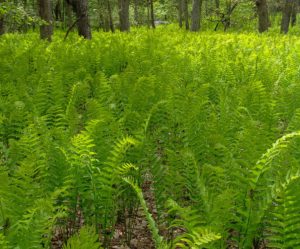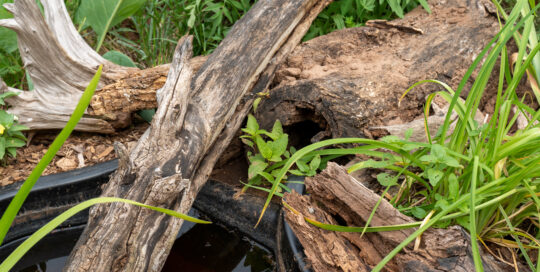Plants talk; we should listen
Views: 1352

Recently, I’ve been thinking about all the research showing the astounding and remarkable ways plants communicate with, and react to, their surroundings. While some of it is mind boggling, most of these studies have been published in peer-reviewed science journals, proving that there is a lot about plants that we don’t understand very well.
Plants talk; we should listen.
Plants talk to each other.
While I don’t want to anthropomorphize too much, it has been shown that trees and plants actively talk to each other. This isn’t done with words, but rather with chemical (and possibly electrical) signals transmitted through a network of mycorrhizal fungal networks that exist in soil. This network connects the roots of trees and other plants to each other. In forest settings, roots intermingle, and it has been shown that older trees will do things like share resources (nutrients, for example) with younger or injured trees in order to nurture and nurse them. Killing one tree has been shown to adversely affect the entire system.
Apparently, plants can also communicate threats and needs to each other, such as, “calling for help,” or “I’m being eaten by caterpillars.” (One study showed that plants can actually recognize the sound of caterpillars eating.) Neighboring plants react accordingly by turning on natural caterpillar defenses (one species emits a wasp-attracting pheromone to bring predators that will kill the caterpillars) or gearing up for dry conditions. Another study showed that the plant could tell the difference between being bitten by a deer or being damaged by a person. If the injury was caused by a deer, the plant began producing a chemical toxic to the deer. If the injury was caused by a person or some other cause, this chemical wasn’t produced.

Plants network with each other underground.
They also “scream.”
A recent study showed that plants can produce sound at ultrasonic frequencies that humans cannot hear. The sound changes in response to different stimuli. In effect, plants scream when they are injured or are dying. Potentially, other plants can hear that sound and react to it.
I will never, ever be able to yank out another weed without thinking of this fact.
Plant world is weird and amazing and more complicated than we ever suspected.
It is a whole world of plant drama and interaction that we never knew existed, and it has profound implications for gardeners.
We’ve known for a long time that grasses release chemicals that inhibit the growth of other plants. Some trees, like American walnuts do the same. But we never suspected that the opposite may be true, too, that plants may be helping each other out through similar chemical networking.
Think about the possibilities: maybe pulling out that unwanted shrub will have a disproportionately negative affect on its neighbors with whom it has been sharing root space – and communing with – for years. What damage are we doing when we rip established plants out of the ground, disturbing this rich ecosystem that we didn’t pay any attention to before? Roots are lifelines for plants in ways we’re just starting to understand. Don’t want that tree there? Maybe you are removing that other tree’s best friend or nurturing mother, and the other trees around it will suffer.
Can you imagine the ultrasonic nightmare that eventually erupts after spraying a deadly herbicide? They know they’re dying, and they’re telling their neighbors about it, too.
Learn to listen.
Truly, the possibilities are mind-boggling. I do know this: in the future, I will pay more attention to how I help and hurt plants. As gardeners, we’re in touch with the earth and living things. We appreciate plants and obsess over them already. But they are far more interactive than we ever imagined. So, listen to your trees. Be mindful of their needs, even when they aren’t meeting ours. Listen to your flowers and your vegetables. No, we can’t hear their ultrasonic sounds. We can’t taste the chemicals they exchange via their roots. But we can watch for the signs that indicate they are suffering or sick. We can consider how our actions might affect that greater underground network of roots and fungi. We can start thinking of plants as more active participants in our world. Plants talk; we should listen. They might even benefit from hearing you talk back.
Meet Leslie Miller
Leslie Ann Miller shares 3.5 acres in rural Oklahoma with birds, butterflies and wide variety of animals. She is currently transforming her yard with plantings…
Leslie's Recent Posts

Creating microclimates and microhabitats to benefit wildlife






